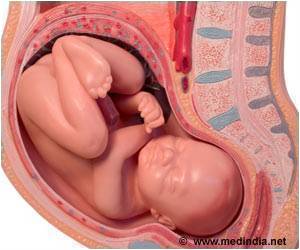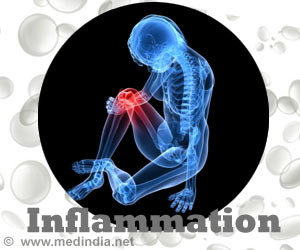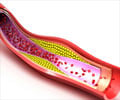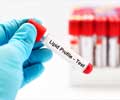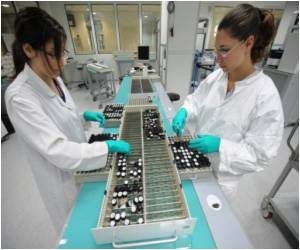
Investigators in John Tesmer's lab at the U-M Life Sciences Institute obtained a high-resolution picture of the atomic structure of lysosomal phospholipase A2, which is known as LPLA2, and a lower-resolution image of the structure of lecithin-cholesterol acyltransferase, which is known as LCAT. The enzymes share many structural similarities but perform different functions within the body.
Being able to see the structures for the first time gives scientists a better understanding of the role the two enzymes play in helping the body to break down and remove cholesterol and other lipids. The findings are scheduled for publication in Nature Communications on March 2.
In healthy people, LCAT facilitates the removal of cholesterol from the body. But LCAT doesn't function properly in people with genetic disorders that cause plaques to build up in the blood vessels of the heart and kidneys, and in the corneas.
Meanwhile, LPLA2 helps cells break down excess lipids. Side effects of certain drugs lead to inhibition of LPLA2, which in turn leads to a buildup of lipids within cells. Recent studies suggest LPLA2 may also play a role in lupus, a chronic autoimmune disease.
"The structures reveal how the catalytic machinery of these enzymes is organized and how they interact with membranes and HDL particles," said the study's first author, Alisa Glukhova, who received a doctorate from U-M's Program in Chemical Biology last fall and who is now working as a research fellow at Monash University in Melbourne, Australia.
Advertisement
"By knowing the architecture of these key enzymes, we can further understand how more than 55 known mutations of LCAT lead to dysfunction and disease," said study senior author John Tesmer, a research professor at the Life Sciences Institute, where his laboratory is located, and a professor of biological chemistry and pharmacology in the U-M Medical School. "These structures also suggest new approaches to develop better biotherapeutics to treat LCAT deficiency."
Advertisement
Source-Medindia



